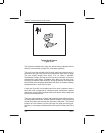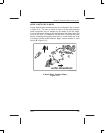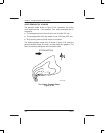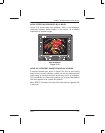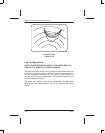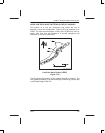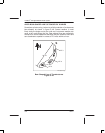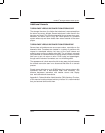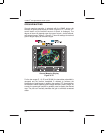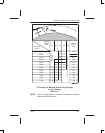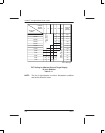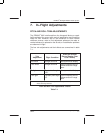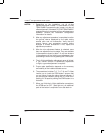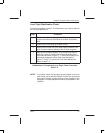
PRIMUS
R
660 Digital Weather Radar System
A28–1146–111
REV 2 5-55
Radar Facts
Additional Hazards
TURBULENCE VERSUS DISTANCE FROM STORM CORE
The stronger the return, the further the turbulence is encountered from
the storm core at any altitude. Severe turbulence is often found in the
tenuous anvil cloud 15 to 20 miles downwind from a severe storm core.
Moreover, the storm cloud is only the visible portion of a turbulent
system whose up and down drafts often extend outside of the storm
proper.
TURBULENCE VERSUS DISTANCE FROM STORM EDGE
Severe clear–air turbulence can occur near a storm, most often on the
downwind side. Tornadoes are located in a variety of positions with
respect to associated echoes, but many of the most intense and
enduring occur on the up–relative–wind side. The air rising in a tornado
can contribute to a downwind area of strong echoes, while the tornado
itself can or can not return an echo. Echo hooks and appendages,
though useful indexes of tornadoes, are not infallible guides.
The appearance of a hook warns the pilot to stay away, but just because
the tornado cannot be seen is no assurance that there is no tornado
present.
Expect severe turbulence up to 20 NM away from severe storms; this
turbulence often has a well–defined radar echo boundary. This
distance decreases somewhat with weaker storms that display
less well–defined echo boundaries.
Appendix A, Federal Aviation Administration (FAA) Advisory Circulars,
of this manual contains several advisory circulars. It is recommended
that you become familiar with them.




